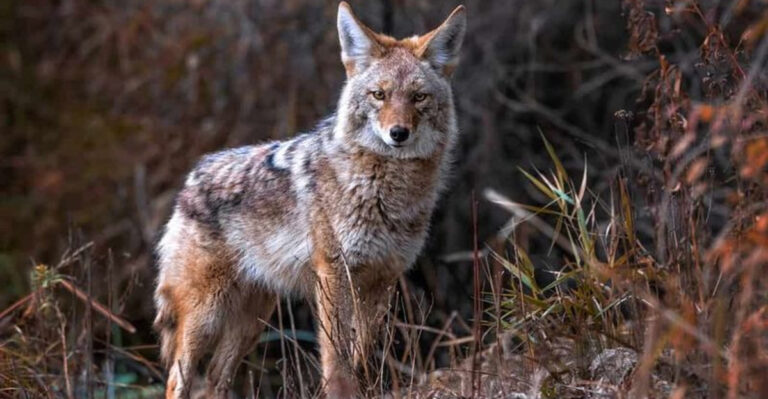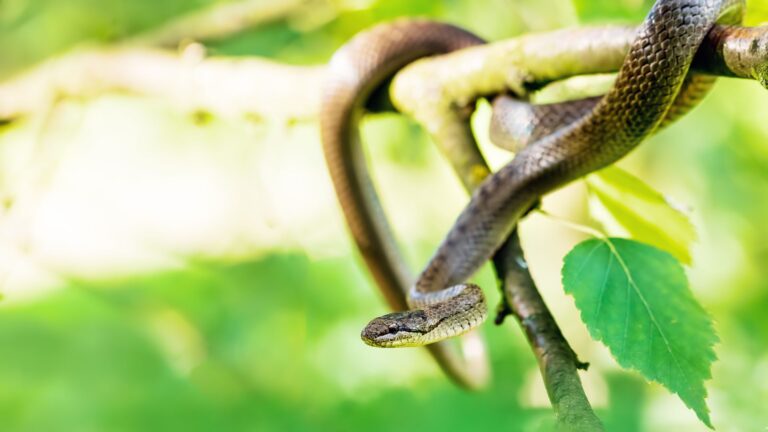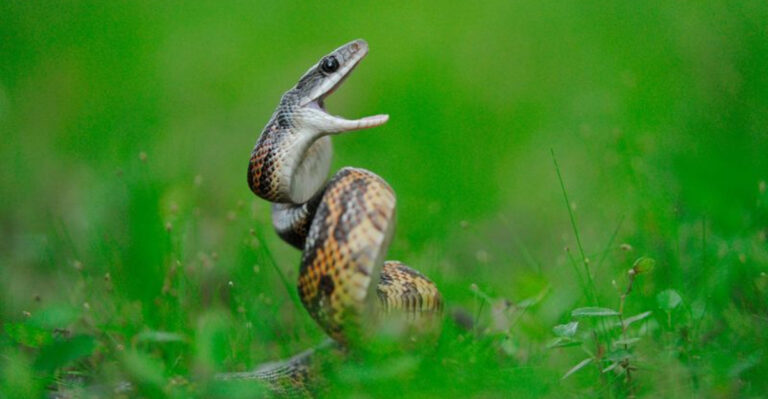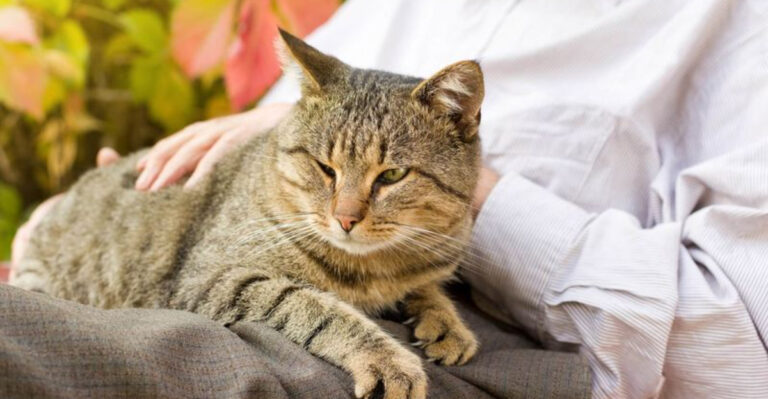From Kitten To Adult: 17 Emotional Milestones Every Cat Goes Through
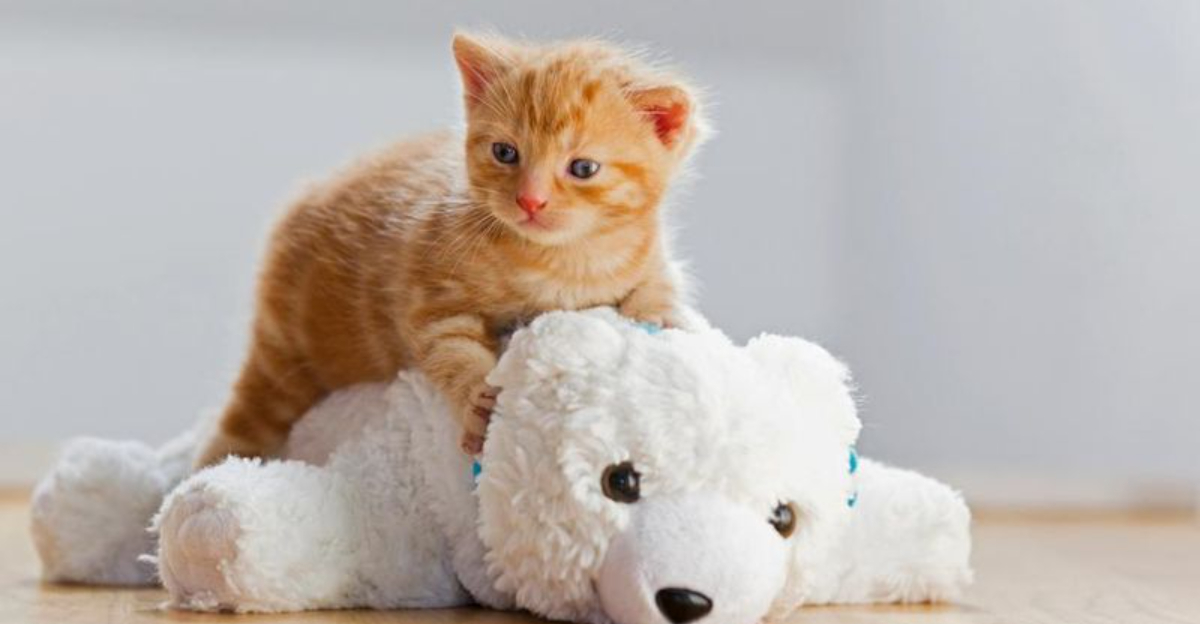
Cats aren’t just fluffy companions who lounge around and occasionally knock things off shelves. They experience a rich emotional journey from tiny kitten to dignified adult.
Understanding these emotional milestones helps cat parents better connect with their feline friends and recognize when their cats are going through important life changes.
Let’s explore the emotional growth journey every cat experiences as they mature.
1. First Separation Anxiety

The moment your kitten leaves their mother and siblings marks their first emotional challenge. Those pitiful midnight meows aren’t just to annoy you – they’re genuine expressions of fear and loneliness. Kittens feel vulnerable without their family’s protection and warmth.
Providing a warm bed, soft toys, and your reassuring presence helps ease this transition. Many cat parents place a ticking clock wrapped in fabric near their kitten to mimic a mother’s heartbeat.
This milestone usually resolves within 1-2 weeks as your kitten bonds with you and recognizes your home as their safe territory.
2. Territory Recognition

Around 3-4 months, your kitten begins to mentally map their domain. You’ll notice them investigating every corner, sniffing furniture edges, and claiming favorite spots. This isn’t random exploration – it’s a critical emotional development where they’re establishing security boundaries.
Cats feel profound contentment when they know their territory well. They’ll start rubbing their cheeks against furniture, leaving scent markers that create an invisible comfort map.
Allow this natural process by giving access to multiple rooms gradually. Watching a kitten’s confidence grow as they expand their known territory is truly heartwarming.
3. Trust Building Breakthrough

That magical moment when your previously skittish kitten voluntarily climbs into your lap represents a major emotional milestone. Trust doesn’t come easily to cats – it’s earned through consistent gentle interactions and respect for their boundaries.
For many kittens, this happens around 4-5 months. They’ll test your trustworthiness through small interactions first: accepting treats from your hand, playing near you, or briefly touching you before darting away.
When your kitten finally relaxes completely in your presence, they’ve decided you’re their person. This bond forms the foundation for your entire relationship and represents their first non-family emotional attachment.
4. Play Aggression Phase

Around 5-7 months, your sweet kitten might suddenly ambush your ankles or attack your hands during play. Don’t panic! This natural developmental stage happens as their predatory instincts mature faster than their emotional regulation.
Young cats haven’t yet learned to separate play from hunting. Their brains release the same excitement chemicals whether chasing a toy or your wiggling toes.
Redirecting this energy to appropriate toys teaches emotional control. Never punish them – they’re not being “bad” but experiencing normal emotional growth. Most cats outgrow excessive play aggression by 12-14 months as their emotional maturity catches up with their hunting instincts.
5. First Outdoor Encounter

Whether through a window, secure harness walk, or catio visit, your cat’s first real outdoor experience triggers a complex emotional cocktail. Their pupils dilate as new scents, sounds, and sights overwhelm their senses with both excitement and apprehension.
Many cats freeze initially, processing this sensory explosion. Others might puff up defensively or display exaggerated stalking behaviors as ancient instincts activate.
This milestone reveals your cat’s core personality – cautious cats retreat quickly while confident ones eagerly explore. Either reaction is normal. The outdoors represents both thrilling freedom and potential danger, creating a pivotal emotional experience that shapes their environmental preferences forever.
6. Independence Declaration

Around 8-10 months, your formerly clingy kitten starts spending time alone deliberately. They’ll choose solitary napping spots and sometimes walk away mid-petting session. This isn’t rejection – it’s healthy emotional development!
Cats naturally cycle between social and solitary needs. This milestone marks their growing emotional self-sufficiency and confidence in their environment.
Many cat parents feel slightly hurt during this phase, but it actually indicates successful parenting. Your cat feels secure enough to explore independence while knowing you’re reliably available when needed. The best response is respecting their space while maintaining regular interactive sessions on their terms.
7. First Territorial Defense

When your cat first hisses at an unfamiliar visitor or another pet, they’ve reached an important emotional milestone. Their home isn’t just a place anymore – it’s THEIR territory that they feel emotionally responsible for protecting.
This protective response usually emerges between 6-12 months as hormones and territorial instincts mature. Even the sweetest cats might display surprising aggression during this phase.
This milestone requires patience and careful management. Never punish defensive behaviors – they’re following natural emotional instincts. Instead, create positive associations with visitors through treats and calm interactions. Most cats learn to regulate these protective feelings with proper socialization.
8. Emotional Attachment To Objects

One day you’ll notice your growing cat has formed a special bond with a particular toy, blanket, or even an odd item like a sock. This emotional milestone typically occurs between 6-12 months when cats develop lasting preferences and comforts.
These aren’t just random objects – they provide genuine emotional security. You might observe your cat carrying their special item around, kneading it intensely, or becoming distressed if it disappears.
This attachment demonstrates their capacity for comfort-seeking behavior beyond human interaction. Many cats maintain these emotional object relationships throughout life. Respect these attachments – accidentally throwing away a beloved toy can cause real distress!
9. First Real Fear Experience

Whether from a loud noise, unfamiliar animal, or startling event, your cat’s first significant fear response represents a crucial emotional development. Their reaction – whether freezing, fleeing, or aggression – reveals their innate stress response pattern.
During this experience, your cat’s pupils dilate dramatically, their heart races, and stress hormones flood their system. How you respond shapes their future emotional resilience.
The best approach is calm reassurance without forcing interaction. Cats who receive patient support during frightening experiences develop better emotional regulation. Those repeatedly exposed to fears without support may develop chronic anxiety. This milestone often permanently influences which stimuli trigger fear responses throughout their lives.
10. Social Hierarchy Negotiation

If you have multiple pets, you’ll witness your growing cat engage in subtle (or sometimes not-so-subtle) negotiations about household status. Around 10-14 months, cats begin establishing their position in the family’s social structure.
This milestone involves testing boundaries with other animals and even humans. You might notice your cat challenging an older pet for a favorite spot or trying new behaviors to gain priority access to resources.
These negotiations aren’t just about dominance – they’re complex emotional communications about comfort, security, and respect. Most cats eventually reach a stable arrangement where each family member understands their role, leading to household harmony.
11. Grief And Loss Processing

Cats experience profound emotional responses to losing a companion – whether human or animal. When faced with absence, many cats search persistently for the missing individual, call out with distinctive vocalizations, or wait in places associated with the absent friend.
This emotional milestone reveals their capacity for attachment and loss. Some cats become withdrawn or clingy, while others may show aggression or litterbox issues as they process complex feelings.
Providing extra attention, maintaining routines, and introducing positive associations helps cats through grief. While they may not understand death conceptually, they definitely experience the emotional impact of significant absences, demonstrating their capacity for deep bonds.
12. Environmental Mastery

Around 12-18 months, your cat achieves complete environmental confidence. They’ve mapped every hiding spot, mastered every jumping challenge, and established optimal observation points throughout your home. This milestone brings noticeable emotional contentment.
You’ll observe your cat moving with new deliberate grace, less startled by household sounds, and displaying relaxed body language even during novel situations. They’ve developed mental maps of their territory that provide deep security.
This milestone represents significant emotional maturation. Cats with environmental mastery show fewer anxiety behaviors and more playfulness. They’ve transformed from cautious newcomers to confident residents who know exactly how their world works – and their place within it.
13. Emotional Self-Regulation

One of the most significant milestones in feline emotional development occurs when your cat learns to self-soothe and manage their own emotional states. This typically happens between 1-2 years as their emotional maturity reaches adult levels.
You’ll notice they recover more quickly from startling events, remove themselves from overstimulating situations, and seek appropriate comfort when stressed. Instead of extended fear responses, they might briefly puff up before calming themselves down.
This milestone represents sophisticated emotional intelligence. Your cat has developed internal resources for handling their feelings rather than reacting purely instinctively. Well-socialized cats with secure attachments generally develop better self-regulation skills than those with traumatic backgrounds.
14. Empathetic Response Development

Contrary to their aloof reputation, mature cats often develop remarkable empathy. Around 2-3 years, many cats begin responding to their humans’ emotional states in sophisticated ways. This milestone reveals their emotional intelligence.
A crying owner might receive gentle headbutts or unusual attention. A sick family member often attracts a normally independent cat who suddenly becomes a devoted nurse. These aren’t coincidences but deliberate responses to detected distress.
This milestone varies significantly between individuals – some cats show minimal empathetic responses while others seem extraordinarily attuned to human emotions. Studies suggest cats can distinguish between happy and sad human vocalizations and often adjust their behavior accordingly.
15. Emotional Vocabulary Expansion

By age 2-3, your cat has developed a sophisticated range of vocalizations and body language signals specifically customized for communicating with you. This emotional vocabulary goes far beyond basic meows to include chirps, trills, and unique sounds used only with their humans.
This milestone represents remarkable social-emotional adaptation. Wild cats primarily communicate with other cats through scent and body language, using few vocalizations. Domestic cats have evolved specialized human-directed communication.
Your cat likely has different sounds for “I’m hungry,” “play with me,” and “I’m feeling affectionate.” Their ability to develop this emotional language demonstrates both intelligence and deep attachment to their human family.
16. Emotional Routine Dependence

Mature cats develop strong emotional attachments to daily routines. By age 2-3, your cat likely follows specific patterns – greeting you at the door, accompanying you to bed, or participating in regular household activities. These aren’t just habits but emotional anchors.
Disruptions to established routines often cause visible distress. Your cat might vocalize anxiously, search for you at usual times, or show irritability when expected patterns change.
This milestone reflects their need for predictability and security. Routines create emotional safety by making the world feel controllable and reliable. Even independent cats usually maintain some routine-based connections with their humans, demonstrating how these patterns fulfill important emotional needs beyond just physical care.
17. Emotional Maturity Plateau

Around 3-4 years, most cats reach their full emotional maturity. The sometimes erratic behaviors of youth stabilize into a consistent personality. This milestone brings a noticeable calmness and predictability to your cat’s emotional responses.
You’ll observe more measured reactions to stimuli, consistent preferences, and established relationship patterns. Their emotional needs become more transparent and their communication more deliberate.
This plateau doesn’t mean they stop growing emotionally, but rather that their core emotional processing has fully developed. Just like humans, individual cats vary tremendously in their emotional intelligence and expressiveness even at maturity. Some remain playful and kitten-like while others become dignified and reserved.

